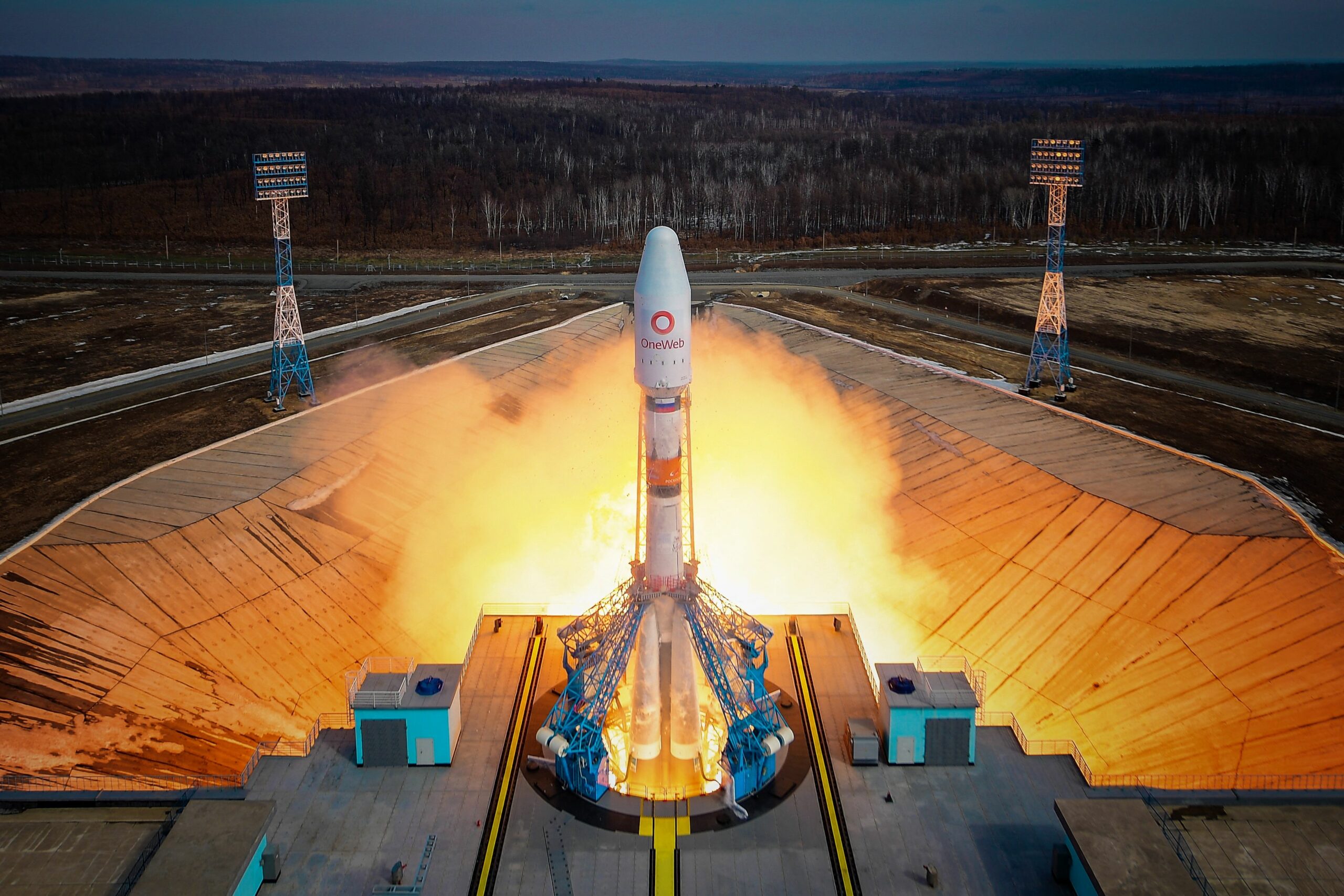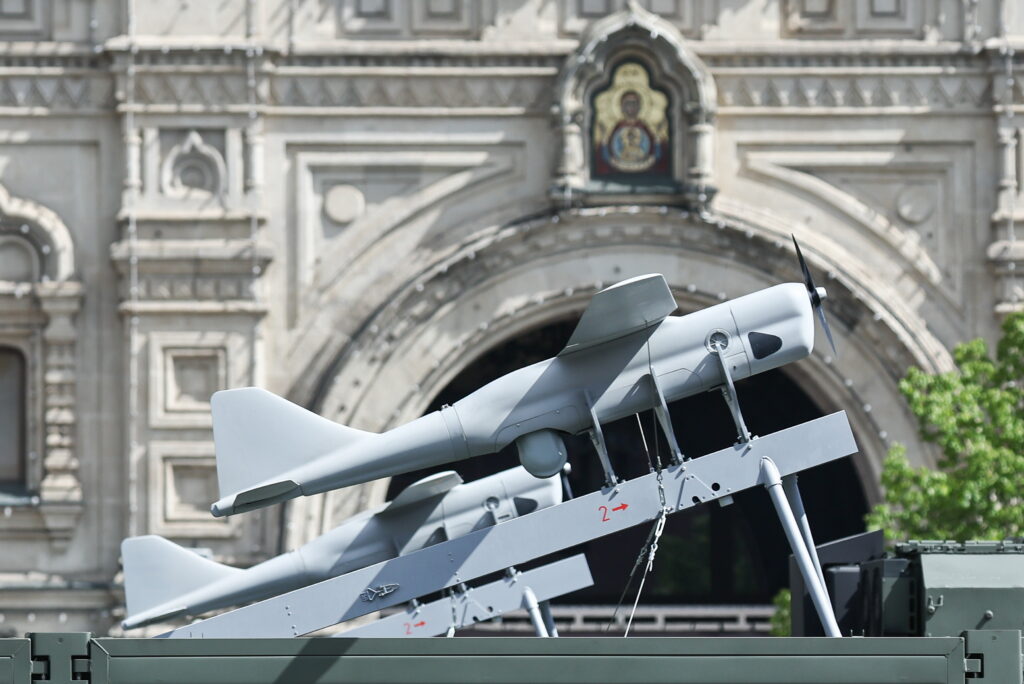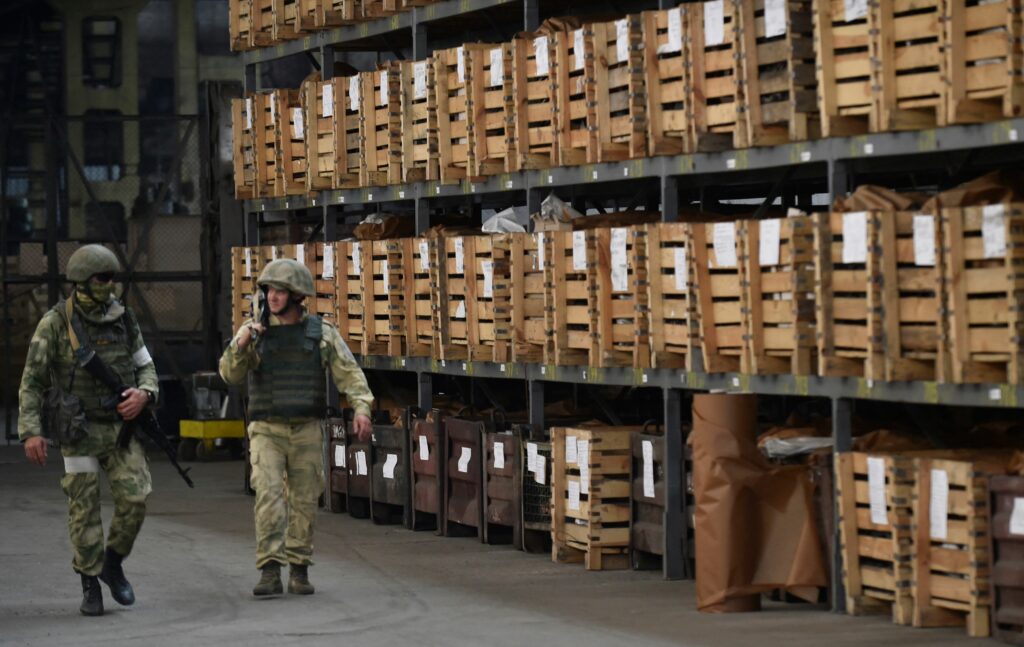Russia’s full-scale war against Ukraine has been going on for a year now, and the Russian army’s space systems have not been given sufficient attention during this period. At the same time, we see that Ukrainian armed forces are using commercial satellite services from SpaceX, Planet Labs, Maxar and ICEYE for communication and operational target detection. Paradoxically, in doing so, they have a qualitative advantage over Russia, which has more than 160 satellites in orbit, of which more than 100 are military. This new role of commercial systems as well as their architecture has already outlined the prospect for the USA to rethink its approach to space reconnaissance. Meanwhile, both belligerent armies use the commercial GPS signal for navigation, even though the Russian army has its own GLONASS satellites. Hence, it is a good moment to assess the status of the Russian military space programme, with characteristic trends within it, as of early 2023.
Is there growth in financing?
Almost three years ago, I already made an attempt to estimate Russia’s expenditures on military activities in outer space towards the late 2010s. At that time, according to a conservative estimate, the figure exceeded 100bn roubles (about USD 1.6bn) a year. Of these, approximately 30bn roubles (about USD 400−430m) went to GLONASS, 6−10bn roubles (USD 100−150m) to the Plesetsk military space launching site, and over 60bn roubles (about USD 1bn) to other military projects in outer space. We can increase these estimates by adding some amount for the maintenance and development of other ground infrastructure such as space control systems.
One should expect an increase in spending in this sphere taking into account, for example, that Russia has a shortage of intelligence satellites and that it has announced an increase in funding for the GLONASS programme: 480bn roubles for 2021−2030 (approx. USD 6.5bn at the 2021 average exchange rate). In comparison, the GLONASS programme for 2012−2020 cost almost 270bn roubles (USD 5bn). In practice, however, there has not been an increase in funding for military space effort despite major changes in the budget planning structure.
Following a change in the management of state programmes in 2021, the funding for military space activities turned out to be partly embedded into the federal space programme (which had previously funded only civilian space activities), the spaceport development programme, as well as federal projects aiming to modernise the space industry and to sustain GLONASS. In addition, it is likely that part of the funding for the federal Sphere project, dedicated to the comprehensive advancement of space information technology, has been also allocated for military purposes. Otherwise, there is no explanation as to why the Deputy Prime Minister, who is also a minister in the Russian government, says that Sphere involves 7bn roubles of annual spending in 2022−2024, while the amounts allocated to this project during these three years have reached 14 bn, 17.7 bn and 18.6 bn roubles respectively.
All these items, taken together, produce an expenditure figure corresponding to 100bn roubles per year (or slightly higher). The total expenses on the state-operated Russia Space Programme, including all target programmes and projects in this field till 2023, steadily exceeded the initial budgetary plan by 50−60bn roubles, totalling 251−264bn roubles a year. This surplus can also be considered as an indicator of the sums spent on purely military satellite constellations in addition to GLONASS. Starting from this year, they are planned at this level right from the outset (which will continue into 2025). Accordingly, if a serious increase in spending on military space activities does occur in 2023, it will not become apparent until autumn. Assuming, of course, that access to data is not completely barred by that time.
Military satellite constellations
Today, Russian military satellites orbiting the Earth include 25 GLONASS satellites, 47 communications satellites, 6 satellites of the ECS missile warning system, 7 satellites of the Liana marine electronic reconnaissance system, 3 Bars-M topographic satellites, 2 radar-location satellites, 2 Persona optical reconnaissance satellites and several experimental devices or technology demonstrators. However, three attempts to launch a new generation of optical reconnaissance satellites in 2021−2022 were unsuccessful, and each of the launched satellites quickly became unserviceable.
Throughout recent years, Russia has tried to increase its space surveillance capabilities. Thus, compared to the spring of 2020, the number of missile warning satellites has increased by three, and three Liana satellites were added, including one Pion-NCS with active radar, and one Neutron radar-location satellite, in addition to the Condor satellite launched back in 2013. Nevertheless, some obvious overstretching and inertia in goal-setting are visible.
For example, the deployment of the ECS system is still not completed: to achieve global coverage, the entire system must consist of 10 elements, and its full deployment was scheduled for completion by 2022. Against the background of Russia’s network of ground-based, long-range detection radars virtually all along its perimeter, the ECS is redundant as a way to provide nuclear deterrence. In the worst case scenario, purely hypothetical, the available radars should be able to detect missiles and warheads located several thousand kilometres away—this is enough for the so-called ‘retaliatory strike’ and for the operation of a missile defence system around Moscow.
However, such a satellite system is necessary for an advanced missile defence system deployed not only around the capital city. The problem is that Russia does not have such a system today, either. A practical test of an anti-missile interceptor targeting an old Soviet satellite in late 2021 is only part of a large and costly programme that is now hardly feasible for Russia after it has started a full-scale war. Whether or not it was necessary for such a programme to have emerged is a separate question, beyond the scope of this article. However, it turns out that the ECS seems to exist largely because the USSR used to have a similar system.
Almost the same applies to Liana. A separate maritime electronic reconnaissance system only makes sense in the logic of the country getting ready to confront leading maritime powers such as the USA, the UK and China. However, given that Russia is not a major maritime power in terms of conventional forces, and will certainly not become one in the foreseeable future, the objective value of the information supplied by Liana seems dubious. Moreover, even the hypothetical use of Liana to use torpedoes and cruise missiles on submarines to target US aircraft carriers is based on the assumption of a possible war between Russia and NATO. Indeed, such a task seems absurd for an economically, demographically and technologically weak country.
And even if we consider the Kremlin’s military plans regarding Ukraine, we can see that Russia has spent a decade on something that simply has no use and is unlikely to become useful in practice. In addition, it has not addressed the need to create space surveillance systems that would be suitable for the land army. The Ukrainian army can use commercial systems to obtain images of any area in high detail at least twice a day in favourable weather conditions, whereas the Russian army can get an image of the same area approximately once in two weeks. We should also add that the existing Russian satellites provide seriously inferior quality of imagery vis-à-vis American and European commercial satellites.
At the same time, Russia is going to great lengths to preserve the GLONASS system. In 2022, two new-generation GLONASS-K navigation satellites were launched into orbit and the last spare GLONASS‑M satellite from the previous generation was also launched. Meanwhile, three satellites were removed from the system in the same year. All in all, 14 out of 25 satellites are out of date (sometimes serving more than twice their useful life) and this number will only grow in the next few years. According to the officially declared plans, up to 15 GLONASS-K satellites were to be launched during 2022−2030, but this will not replace all the retired satellites anyway. Furthermore, it is not certain whether the architecture of the entire GLONASS system can actually be changed thanks to addition of high-orbit satellites for the sake of navigation in and around Russia using a smaller number of such devices. Similarly unclear are the prospects of a possible transition of GLONASS to small, low-orbit navigation satellites modelled on China’s Beidou, which would make the system cheaper.
One year of war has also shown that the Russian army has serious problems with space communications, despite 47 military satellites (formally 52 in March 2020) and the possibility to use the state civilian satellite systems Gonets and Express, as well as Gazprom’s satellite communications system. The main reason underlying these problems is not clear. Possibly, this is due to the low quality and poor condition of most military satellites, except for the four Blagovest satellites which have been built with European components. There is also more certainty that there are problems with the ground equipment as well as errors in the architecture of the communications and control system of the Russian troops.
Nevertheless, it is worth bearing in mind that the stalemate in the development of civilian satellite communications systems since the beginning of the war will also have a major impact on Russia’s military programme. Even the latest plans to multiply satellite production in the country are unlikely to reverse the situation in any serious way: there is even less certainty here than with the future of GLONASS.
Ultimately, even if spending on the military space programme increases in 2023 (and there are no signs of this yet), there is no reason to believe that it can become more effective without a radical effort to reengineer its entire structure. Moreover, its key idea, i.e. the confrontation with the USA and NATO, has been slowing the programme in recent years, leading to dissipation of resources. And yet, this idea cannot be abandoned before the end of Russia’s war against Ukraine, and before a thorough revision of the entire system of power in the country, together with its priorities in foreign policy and the military sphere.










